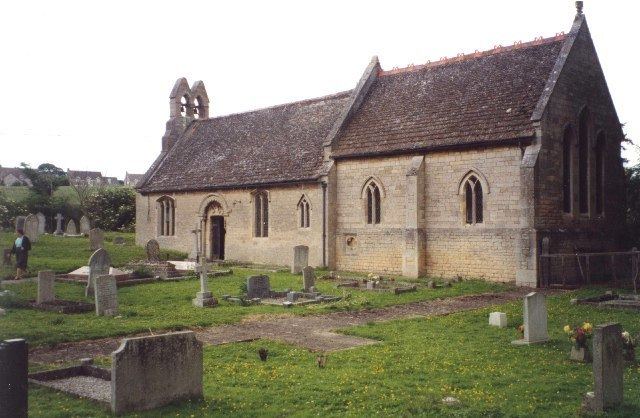Area 2.31 sq mi (6.0 km) OS grid reference TF043124 Local time Wednesday 3:04 AM | Population 368 2001 Census Dialling code 01780 | |
 | ||
Weather 7°C, Wind S at 26 km/h, 100% Humidity | ||
Essendine is a village at the eastern end of the county of Rutland in the East Midlands of England. The population of the civil parish was 368 at the 2001 census increasing to 448 at the 2011 census. It lies on the West Glen, close by the earthworks of a small castle.
Contents
Map of Essendine, Stamford, UK
Geology
Most of the village is on Blisworth Limestone or Upper Estuarine Series geology, though the church and castle are on river alluvium. In the parish generally, the soils are shallow and well drained with limestone brash. There is some clay which is naturally rather poorly drained and occasionally waterlogged. It produces the wheat, barley, sugar beet and some potatoes usual in eastern England
Buildings
The small church has a notable Norman tympanum over its south door. It is built within the remains of the Castle, which appears to have been a very early Norman bailey later developing into a strongly fortified manor.
The village is dominated by a large industrial site, once the factory of Allis Chalmers, later Fiat-Allis. After closure various buildings were rented to a variety of small enterprises, and there are a large number of small businesses to be found to this day.
Controversially two substantial fires occurred there in a short time.
The railway
Essendine railway station was on the East Coast Main Line. The railway line and station opened in 1852 and the station closed in 1966. The line is still very busy.
The station also became the main line terminus of the short Stamford to Essendine line (via Belmesthorpe) which opened in 1856. The Bourne and Essendine Railway, begun at Essendine in 1858, opened on 16 May 1860.
On 3 July 1938, North of Essendine, just over the border in Lincolnshire at Milepost 90¼ London and North Eastern Railway Class A4 locomotive number 4468 "Mallard" set the land speed record for a steam locomotive reaching 126mph, which is unbeaten to this day. Mallard achieved this at the 90¼ milepost where a commemorative sign was erected by the track in 1998.
